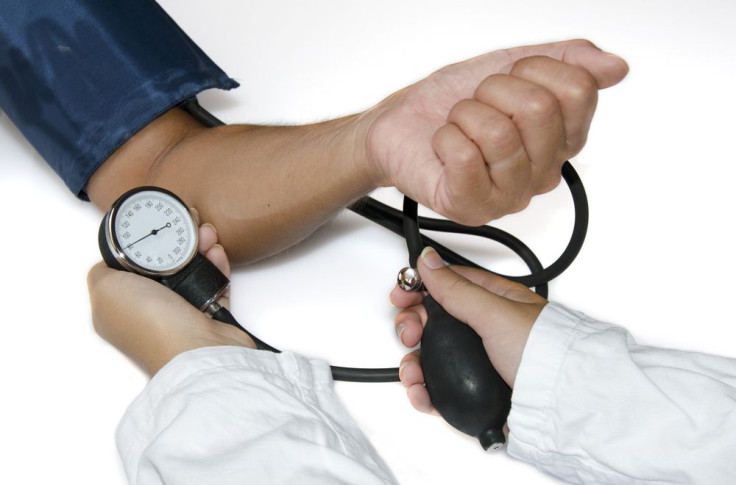High Blood Pressure Often Undiagnosed In Hispanic Community; How The 'Silent Killer' Spells Doom For Uninsured

Almost all the U.S.-population talk in recent years has focused on growing rates of mixed-race kids, but in general, minority populations have been dominating the landscape. Since 1980, the U.S. Hispanic population has grown from 14.6 million people to 52 million in 2011. As the demographic grows, however, health care professionals are starting to notice that their resources for better health might be more limited. A recent study found that many Hispanics aren’t being treated for hypertension.
Hypertension, also known as high blood pressure, affects 76.4 million American adults, according to the American Heart Association. It tends to rise as people age, and is determined by the amount of blood the heart pumps and resistance in the arteries — more resistance means more pressure on artery walls. While it is controllable, having it can lead to other, more damaging problems, including heart and kidney failure, heart attacks, and stroke.
Moreover, everyone is at risk of developing high blood pressure. The current study, from researchers at the National Heart, Lung, and Blood Institute (NHLBI), studied over 16,400 Hispanic Americans in New York’s Bronx community, Chicago, Miami, and San Diego. Although Hispanics face similar rates of hypertension when compared to the white population, diagnoses of the disease and awareness of its symptoms and treatment options are lower among the Hispanic population. “This is a landmark study,” said Dr. Michael Alderman, editor-in-chief of the American Journal of Hypertension, in a statement.
For many Hispanics, poverty and the subsequent lack of health insurance could go hand in hand. According to the latest census, the Hispanic population had a poverty rate of 23.2 percent — nine percentage points higher than the overall U.S. rate — and nearly falls in line with the number of uninsured, at 30 percent. The researchers said that the findings give them a better grasp of who they need to target in outreach efforts. “Given the relative ease of identifying hypertension and the availability of low cost medications, enabling better access to diagnostic and treatment services should be prioritized to reduce the burden of cardiovascular disease on Hispanic populations,” said Dr. Paul D. Sorlie of the NHLBI in the statement.
Spotting signs of high blood pressure is difficult. Many people will never experience symptoms, and symptoms like nosebleeds, headaches, and dizziness are really only myths. The only way to really know if you have high blood pressure is to see a doctor and get checked — in both arms, just to be safe. Going to a pharmacy, grocery store, or other location with a free blood pressure machine might do more harm than good too, as the machines don’t indicate how often they’re calibrated, and the cuff doesn’t always fit everyone’s arm the right way. At-home machines may also be a cost-effective option for someone who needs to constantly check.
Blood pressure is recorded as two numbers written as a ratio (117/76), in which the first number (systolic pressure) is the pressure in the arteries as the heart beats, and the second (diastolic pressure) is the pressure in the arteries in-between heart beats. A normal reading occurs when systolic pressure is lower than 120 and diastolic pressure is lower than 80.
Source: Sorlie P, Allison M, Talavera G, et al. Prevalence of Hypertension, Awareness, Treatment, and Control in the Hispanic Community Health Study/Study of Latinos. American Journal of Hypertension. 2014.
Published by Medicaldaily.com



























